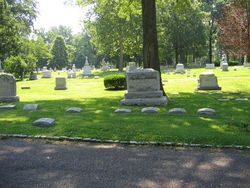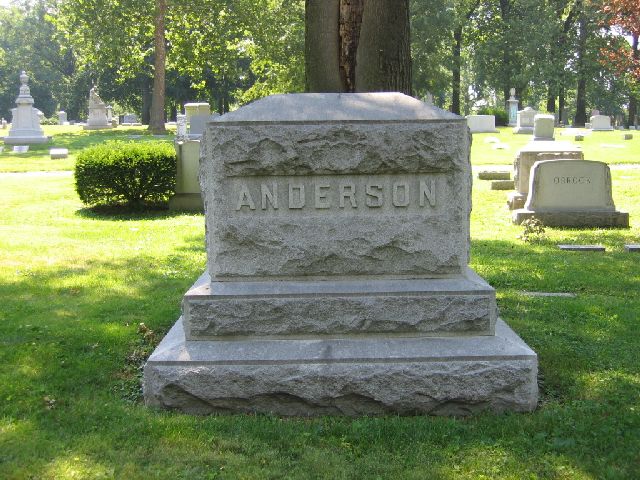In 1907 Mr. Anderson and his family came to St. Louis to make their home and he became active in a number of business interests there. He was one of the organizers of the National City Bank and was a director until its merger with the Franklin-American Bank.
He also helped to organize the Little River Drainage District in southeast Missouri, serving as its president for many years. It was this project that drained off swamp waters from 500,000 acres, converting the area into the highest yield, non-irrigated cotton district in the country.
In addition, he founded and was president of the Commercial Bank of Gideon and the Clarkton, Missouri Bank, of which he also served as president.
Affiliated enterprises of the Gideon-Anderson Company were established in Arkansas and Florida. While Mr. Anderson resided in St. Louis for many years, he always maintained an affection for the "bootheel," where he was regarded as one its most outstanding developers.
In 1907 Mr. Anderson and his family came to St. Louis to make their home and he became active in a number of business interests there. He was one of the organizers of the National City Bank and was a director until its merger with the Franklin-American Bank.
He also helped to organize the Little River Drainage District in southeast Missouri, serving as its president for many years. It was this project that drained off swamp waters from 500,000 acres, converting the area into the highest yield, non-irrigated cotton district in the country.
In addition, he founded and was president of the Commercial Bank of Gideon and the Clarkton, Missouri Bank, of which he also served as president.
Affiliated enterprises of the Gideon-Anderson Company were established in Arkansas and Florida. While Mr. Anderson resided in St. Louis for many years, he always maintained an affection for the "bootheel," where he was regarded as one its most outstanding developers.
Family Members
Sponsored by Ancestry
Advertisement
Explore more
Sponsored by Ancestry
Advertisement









